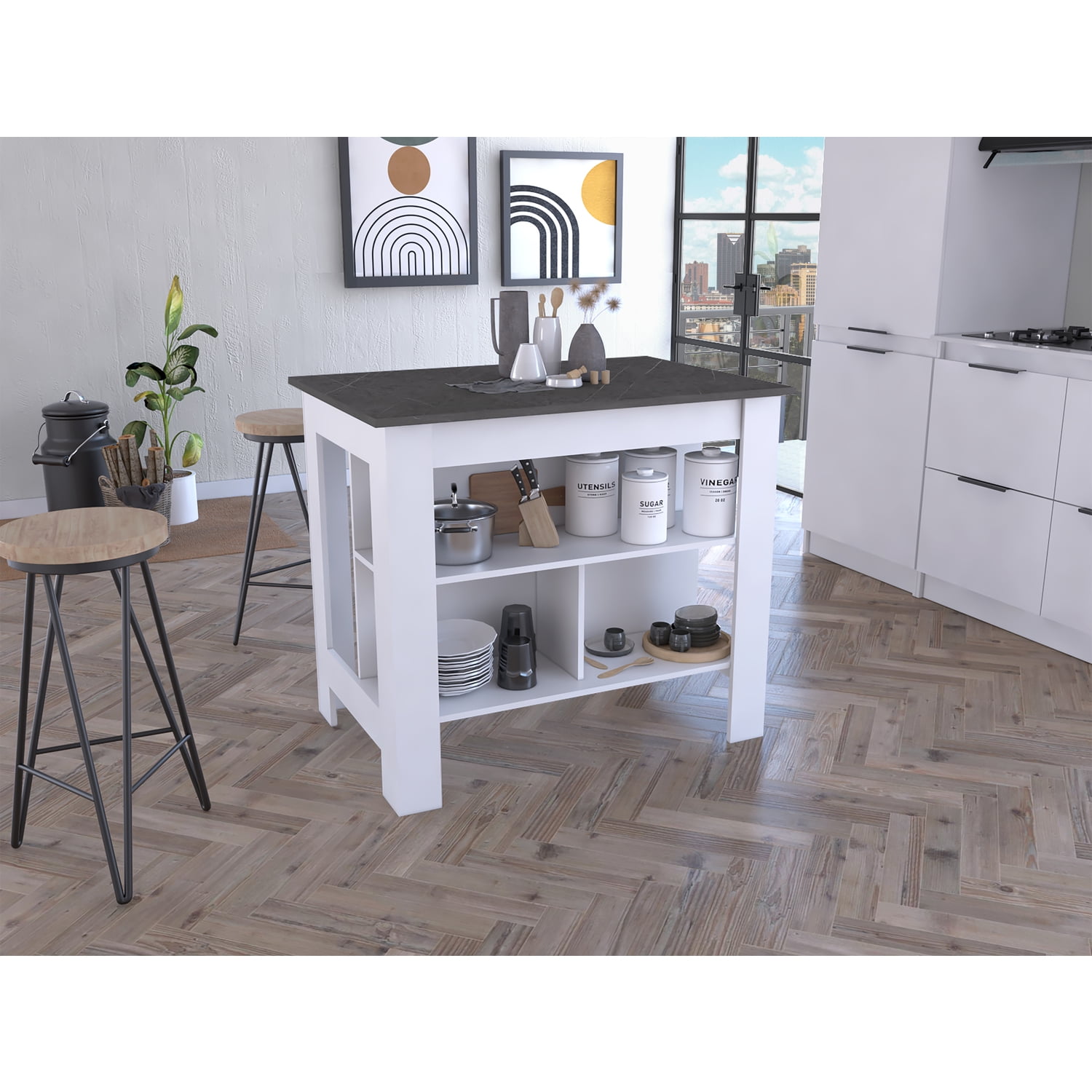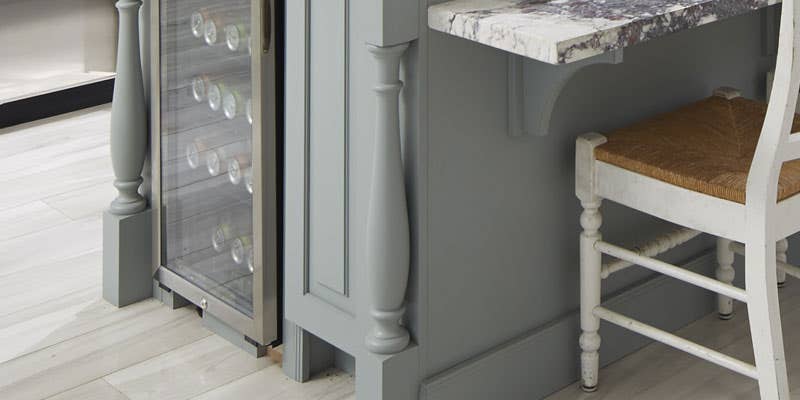Locate Resilient and Attractive Legs For Kitchen Island Improvements
Wiki Article
A Guide to Selecting the Perfect Legs For Cooking Area Island for Your Home
Picking the optimal legs for your cooking area island is a nuanced choice that impacts both the performance and visual charm of this main room. Factors such as height, materials, and style play an essential duty in harmonizing your island with the overall kitchen area style. In addition, comprehending the relevance of stability and maintenance can significantly influence your option. As you think about these components, it comes to be noticeable that the right legs can transform not only the appearance of your cooking area yet also its functionality for many years to come. What certain attributes should you prioritize in this selection procedure?
Comprehending Cooking Area Island Legs
When choosing legs for a cooking area island, it's necessary to understand their useful and aesthetic functions in the total design. The legs act as an essential assistance system, ensuring security and durability for the island, which commonly functions as an office, eating area, or gathering place. For that reason, the selection of material and construction method have to be robust adequate to withstand day-to-day usage and potential wear.Along with their structural duties, legs add significantly to the island's visual charm. They can boost the cooking area's design, whether through conventional, modern, or diverse layouts. The elevation and percentage of the legs are additionally crucial considerations; they need to integrate with the island's kitchen counter elevation while ensuring comfortable seating for those using the space.
Furthermore, the leg style can influence the general flow of the kitchen area. Open, airy leg styles can create a sense of agility, while strong, considerable legs might communicate a much more grounded and stable aesthetic - Legs For Kitchen Island. Understanding these functional and aesthetic facets will certainly lead home owners in making educated options that complement their cooking area's layout and enhance its use
Popular Styles and Materials
The selection of legs for a cooking area island includes a variety of prominent styles and products, each offering one-of-a-kind attributes that can enhance both functionality and aesthetics. Typical legs usually exhibit ornate information and workmanship, enhancing traditional kitchen designs.
Elevation and Security Considerations

The legs of the kitchen area island should supply appropriate assistance, making certain that the framework can endure day-to-day use without tottering or changing. Product selection plays a considerable function in stability; metal legs, for circumstances, often tend to offer greater stamina contrasted to wood.
Matching Your Kitchen Area Visual
Selecting the best visit our website legs for your kitchen area island surpasses performance; it likewise plays a significant role in the overall aesthetic of the space. When choosing legs, take into consideration the layout style of your cooking area. For a modern look, sleek metal or minimalist layouts can develop a tidy, contemporary ambiance. On the other hand, rustic or conventional kitchen areas usually take advantage of wood legs with elaborate detailing or a distressed finish, improving warmth and personality.Legs that enhance or comparison linked here with your island's surface and bordering kitchen cabinetry can develop visual consistency or striking focal points. Additionally, consider the coating of the legs; matte, shiny, or distinctive coatings can substantially impact the total feeling of the kitchen area.
Setup and Maintenance Tips
Installing cooking area island legs requires cautious focus to information to make sure both security and aesthetic appeal. Begin by selecting an ideal place for your island, ensuring it is level and has enough area for motion. If you are affixing the legs to a wall or making use of braces for added support, make use of a stud finder to find wall studs. Mark the placement of the legs accurately before exploration.When safeguarding the legs, make use of premium screws and, if needed, timber adhesive for added stamina. For steel legs, ensure that you are making use of proper anchors and devices to avoid damage to your flooring. It is advisable to inspect for levelness after installation, making modifications as needed to prevent tottering.
Tidy the legs with a suitable cleaner, staying clear of rough materials that might scratch the surface. By complying with these installation and maintenance ideas, you can make certain that your cooking area island legs remain both functional and visually enticing.
Conclusion
Finally, selecting the appropriate legs for a cooking area island requires cautious consideration of elevation, security, and aesthetic compatibility. By choosing ideal products and styles that align with the total cooking area style, functionality can be enhanced while keeping visual appeal. Correct setup and ongoing upkeep even more add to the resilience and longevity of the kitchen area island. Eventually, thoughtful leg selection plays a vital function in elevating both the practicality and style of the kitchen room.When choosing legs for a kitchen island, it's necessary to understand their practical and aesthetic roles in the total design. Open, airy leg designs can create a sense of agility, while solid, considerable legs might convey a much more based and stable visual. The legs of the cooking area island ought to supply adequate support, ensuring that the structure can stand up to day-to-day use without shifting or wobbling.Mounting kitchen island legs needs mindful attention to detail to make sure both security visite site and aesthetic appeal.In final thought, picking the appropriate legs for a kitchen area island necessitates mindful consideration of elevation, security, and aesthetic compatibility.
Report this wiki page